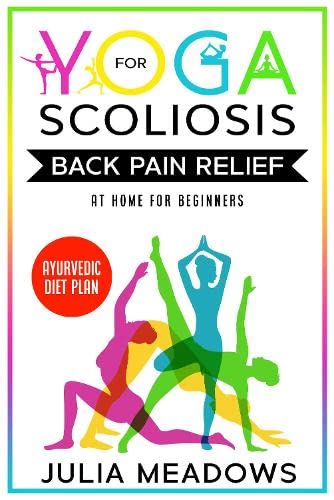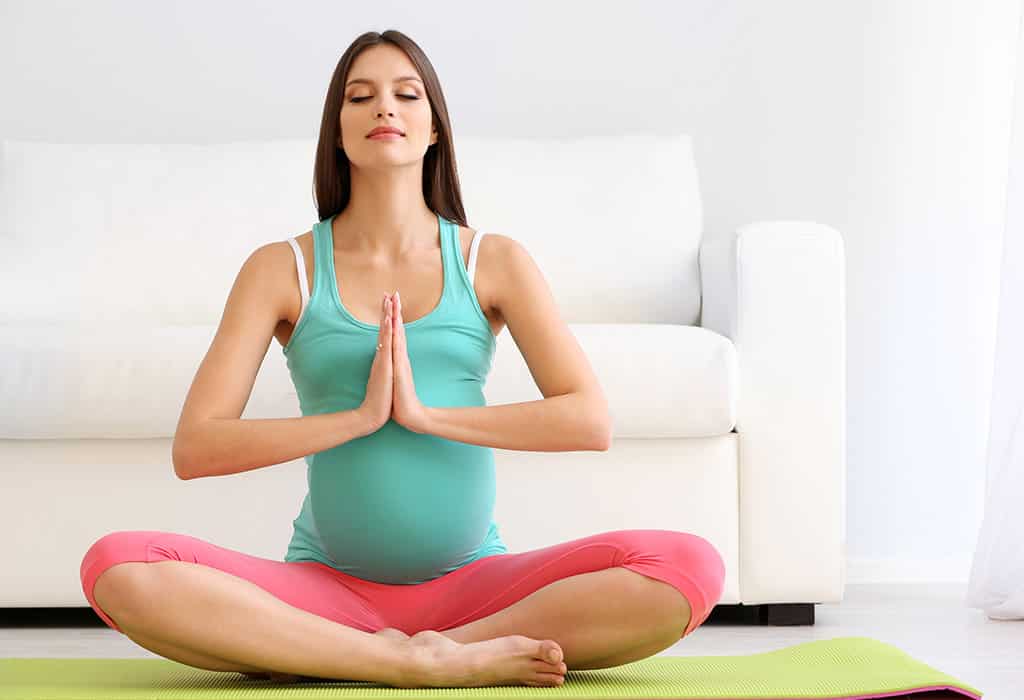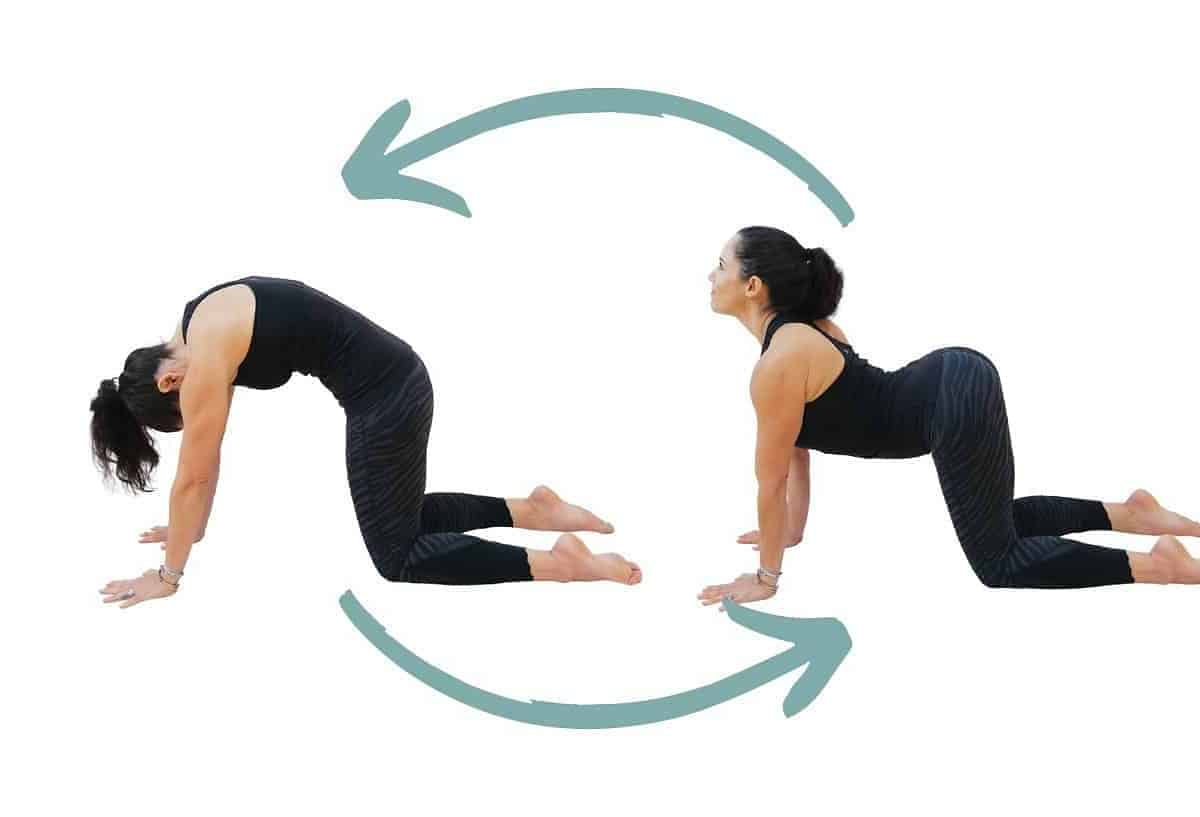Yoga for Pregnant Women With Back Discomfort: If you’re a pregnant woman experiencing back discomfort, yoga can be a beneficial practice to alleviate pain and promote overall well-being. Yoga offers a range of benefits for pregnant women, including improved flexibility and strength, reduced back pain and discomfort, and enhanced relaxation and stress relief.
However, it’s important to take certain precautions before starting yoga during pregnancy. Consulting with your healthcare provider, avoiding certain poses and movements, and listening to your body are essential steps to ensure a safe and effective yoga practice.
In this article, we will explore various yoga poses that can help relieve back discomfort during pregnancy, as well as provide tips for practicing yoga safely. Additionally, we will discuss other ways to alleviate back discomfort, such as maintaining proper posture, engaging in regular exercise and gentle stretching, and utilizing heat or cold therapy.
Benefits of yoga for pregnant women
Improved flexibility and strength
Yoga is known for its ability to improve flexibility and strength, which can be particularly beneficial for pregnant women. As your body undergoes changes during pregnancy, practicing yoga can help you maintain and even enhance your flexibility.
Gentle stretching and strengthening exercises in yoga can target the muscles that support your back, abdomen, and pelvis, providing stability and reducing the risk of back discomfort.
Reduced back pain and discomfort
Back pain is a common complaint among pregnant women, especially as the baby grows and puts pressure on the spine. Yoga can help alleviate back pain by stretching and strengthening the muscles in your back, promoting proper alignment, and relieving tension. Certain yoga poses specifically target the back muscles, providing relief and comfort.
Enhanced relaxation and stress relief
Pregnancy can bring about various physical and emotional changes, leading to increased stress and anxiety. Yoga offers a calming and relaxing practice that can help you manage stress and promote emotional well-being. Through deep breathing exercises, meditation, and gentle movements, yoga can help you find a sense of peace and tranquility during this transformative time.
Precautions to take before starting yoga during pregnancy
Consult with your healthcare provider
Before starting any exercise program during pregnancy, it’s crucial to consult with your healthcare provider. They can assess your individual situation and provide guidance on whether yoga is safe for you. Your healthcare provider may also recommend modifications or specific poses to avoid based on your medical history and any complications you may have during pregnancy.
Avoid certain poses and movements
While yoga can be beneficial during pregnancy, there are certain poses and movements that should be avoided to ensure the safety of both you and your baby. Poses that involve lying flat on your back for an extended period, deep twists, and intense abdominal exercises should be avoided. Additionally, any poses that cause discomfort or strain on your back should be modified or avoided altogether.
Listen to your body and modify as needed
During pregnancy, your body goes through significant changes, and it’s important to listen to its cues. If a pose feels uncomfortable or causes pain, modify it or skip it altogether. Use props such as blocks, bolsters, or blankets to support your body and make the poses more accessible. Remember, the goal is to nurture and support your body, not to push it beyond its limits.
Yoga poses to relieve back discomfort during pregnancy
Child’s Pose (Balasana)
Child’s Pose is a gentle resting pose that stretches the lower back and hips, providing relief from back discomfort.
Start by kneeling on the floor with your knees wide apart and your big toes touching. Sit back on your heels and fold forward, resting your forehead on the mat or a bolster.
Extend your arms forward or alongside your body, whichever feels more comfortable. Breathe deeply and hold the pose for several breaths, allowing your back to relax and release tension.
Cat-Cow Pose (Marjaryasana-Bitilasana)
Cat-Cow Pose is a gentle flowing movement that helps to stretch and strengthen the spine, relieving back pain and discomfort.
Start on your hands and knees, with your wrists directly under your shoulders and your knees under your hips. Inhale, arch your back, and lift your chest and tailbone towards the ceiling, creating a gentle backbend (Cow Pose).
Exhale, round your back, tuck your chin towards your chest, and draw your belly button towards your spine (Cat Pose). Repeat this flowing movement for several breaths, coordinating your breath with the movement.
Pelvic Tilts
Pelvic tilts are a simple yet effective exercise to strengthen the muscles in your lower back and abdomen, providing support and relieving back discomfort.
Start by lying on your back with your knees bent and your feet flat on the floor. Inhale, tilt your pelvis forward, and press your lower back into the mat. Exhale, tilt your pelvis backward, and lift your lower back slightly off the mat.
Repeat this movement for several breaths, focusing on engaging your core muscles and maintaining a gentle and controlled movement.
Modified Downward-Facing Dog (Adho Mukha Svanasana)
Downward-Facing Dog is a popular yoga pose that stretches the entire body, but it can be modified during pregnancy to provide relief for the back.
Start on your hands and knees, with your wrists under your shoulders and your knees under your hips. Walk your hands forward, tuck your toes, and lift your hips towards the ceiling, creating an inverted V shape.
Keep a slight bend in your knees and focus on lengthening your spine. If this pose feels uncomfortable, you can place your hands on a chair or against a wall for support.
Supported Bridge Pose (Setu Bandha Sarvangasana)
Supported Bridge Pose is a gentle backbend that stretches the spine and opens the chest, providing relief from back discomfort. Start by lying on your back with your knees bent and your feet flat on the floor. Place a bolster or a folded blanket under your sacrum, the bony part at the base of your spine. Press your feet into the mat, engage your glutes, and lift your hips off the floor. Allow your shoulders and upper back to relax onto the mat or a folded blanket. Breathe deeply and hold the pose for several breaths, feeling the stretch in your back and chest.
Yoga Schedule For Pregnant Women With Back Discomfort
Creating a suitable yoga schedule for pregnant women with back discomfort requires careful consideration of the specific needs and comfort levels of each individual. It’s essential for pregnant women to consult with their healthcare provider before starting any new exercise routine. Here’s a sample yoga schedule for pregnant women with a focus on addressing back discomfort:
| Day | Time | Yoga Practice | Duration |
|---|---|---|---|
| Monday | 9:00 AM | Gentle Yoga for Back and Hips | 30 mins |
| Tuesday | 11:00 AM | Prenatal Yoga with Back Relief | 45 mins |
| Wednesday | 2:00 PM | Restorative Yoga for Back Comfort | 30 mins |
| Thursday | 9:30 AM | Breathing and Meditation for Relaxation | 20 mins |
| Friday | 10:00 AM | Prenatal Yoga for Spinal Alignment | 45 mins |
| Saturday | 11:30 AM | Gentle Yoga and Deep Stretching for Back Relief | 30 mins |
| Sunday | 3:00 PM | Restorative Poses and Guided Relaxation | 45 mins |
Notes:
- Gentle Yoga: Focus on gentle stretching and strengthening poses to relieve back discomfort. Emphasize proper alignment and relaxation.
- Prenatal Yoga: Incorporate poses specifically designed for pregnant women, considering the changes in the body during pregnancy.
- Restorative Yoga: Utilize restorative poses with props to promote relaxation and alleviate tension in the back and hips.
- Breathing and Meditation: Focus on calming breathwork and meditation to reduce stress and promote overall well-being.
- Spinal Alignment: Include poses that help align the spine and relieve pressure on the back, focusing on maintaining a healthy posture.
Always listen to your body, modify poses as needed, and avoid overexertion. Additionally, consider incorporating pelvic floor exercises and consult a qualified prenatal yoga instructor to tailor the practice to your specific needs during pregnancy.
Tips for practicing yoga safely during pregnancy
Use props for support
Using props such as blocks, bolsters, or blankets can provide additional support and stability during your yoga practice. Props can help you modify poses and make them more accessible, ensuring a safe and comfortable experience.
Take breaks and stay hydrated
Pregnancy can be physically demanding, so it’s important to listen to your body and take breaks as needed. Stay hydrated throughout your practice by drinking water before, during, and after your yoga session.
Listen to your body and don’t push yourself too hard
Pregnancy is not the time to push yourself to your limits. Listen to your body’s cues and honor its needs. If a pose feels uncomfortable or causes pain, modify or skip it. Remember, the goal is to nurture and support your body, not to achieve a certain level of flexibility or strength.
Other ways to alleviate back discomfort during pregnancy
Proper posture and body mechanics
Maintaining proper posture and body mechanics throughout the day can help alleviate back discomfort. Avoid standing or sitting for long periods without breaks, and use supportive chairs or cushions to maintain good posture. When lifting objects, remember to bend your knees and lift with your legs, rather than your back.
Regular exercise and gentle stretching
Engaging in regular exercise, such as walking or swimming, can help strengthen your back muscles and alleviate discomfort. Gentle stretching exercises, such as prenatal yoga or pregnancy-specific stretching routines, can also provide relief and promote flexibility.
Heat or cold therapy
Applying heat or cold therapy to your back can help reduce inflammation and alleviate pain. Use a heating pad or take a warm bath to relax your muscles and increase blood flow. Alternatively, apply a cold pack or ice wrapped in a towel to reduce swelling and numb the area.
Conclusion
Yoga can be a valuable practice for pregnant women experiencing back discomfort. By improving flexibility and strength, reducing back pain, and promoting relaxation, yoga offers numerous benefits during pregnancy.
However, it’s important to take precautions, consult with your healthcare provider, and listen to your body. Incorporating yoga poses specifically targeted at relieving back discomfort, using props for support, and practicing proper posture can further enhance the benefits of yoga.
Additionally, engaging in regular exercise, utilizing heat or cold therapy, and maintaining good body mechanics can help alleviate back discomfort during pregnancy. Remember to prioritize your well-being and enjoy the journey of pregnancy with the support of yoga.
Originally posted 2023-06-11 17:09:11.








